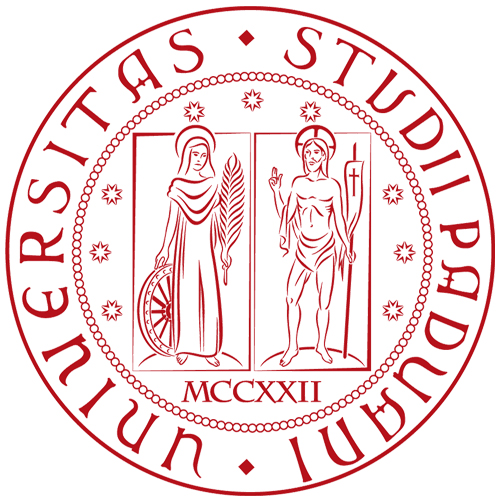This marble block was the base of the statue of a dancing Satyr dedicated to Dionysos and King Attalos I by Dionysodoros, a top-ranking member of the Pergamon army and court. The finely inscribed dedicatory epigram testifies to the intellectual activity of the Pergamon court under Attalos I and to the role Dionysos played in it as a god of art, banquets, and of mystery cults. Found reused in the foundations of a late-Hellenistic or early-Imperial building not far from the Asklepieion, this stone and the statue it bore may have originally stood in a building along the Sacred Way connecting the city to the Asklepieion, or perhaps even inside the Asklepieion itself. The paleography and prosopography of the inscription point to the 220s as the most plausible date for the dedication.
Permanent ID
http://s.phrc.it/phrc029Images:
Photo 1: Photo of the base, from Müller 1989, fig. 3
Photo 2: Find spot of the stone, from De Luca 1984, p. 153 and Pl. 70, foundation wall in 'Quadrat 32 A'






